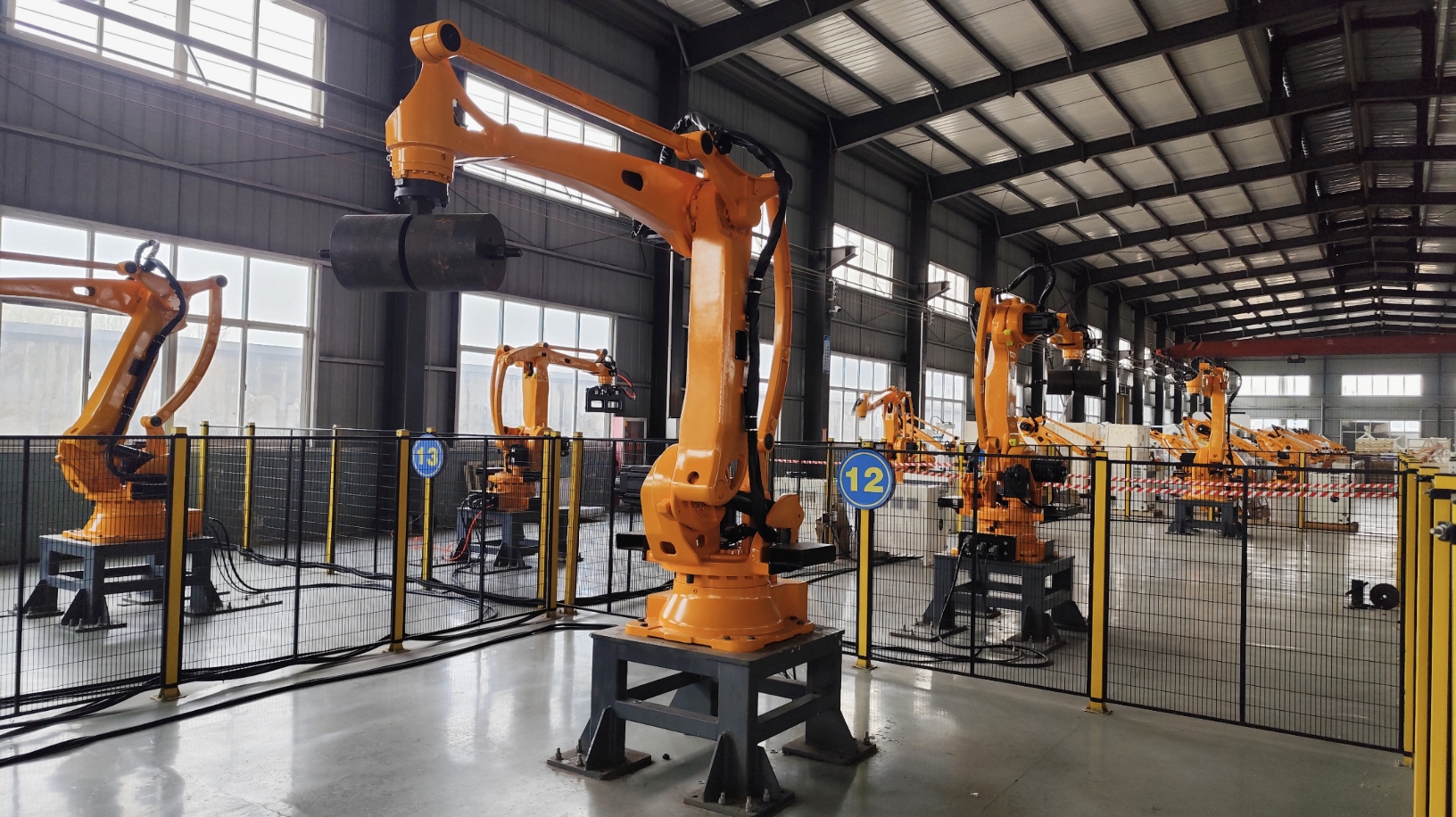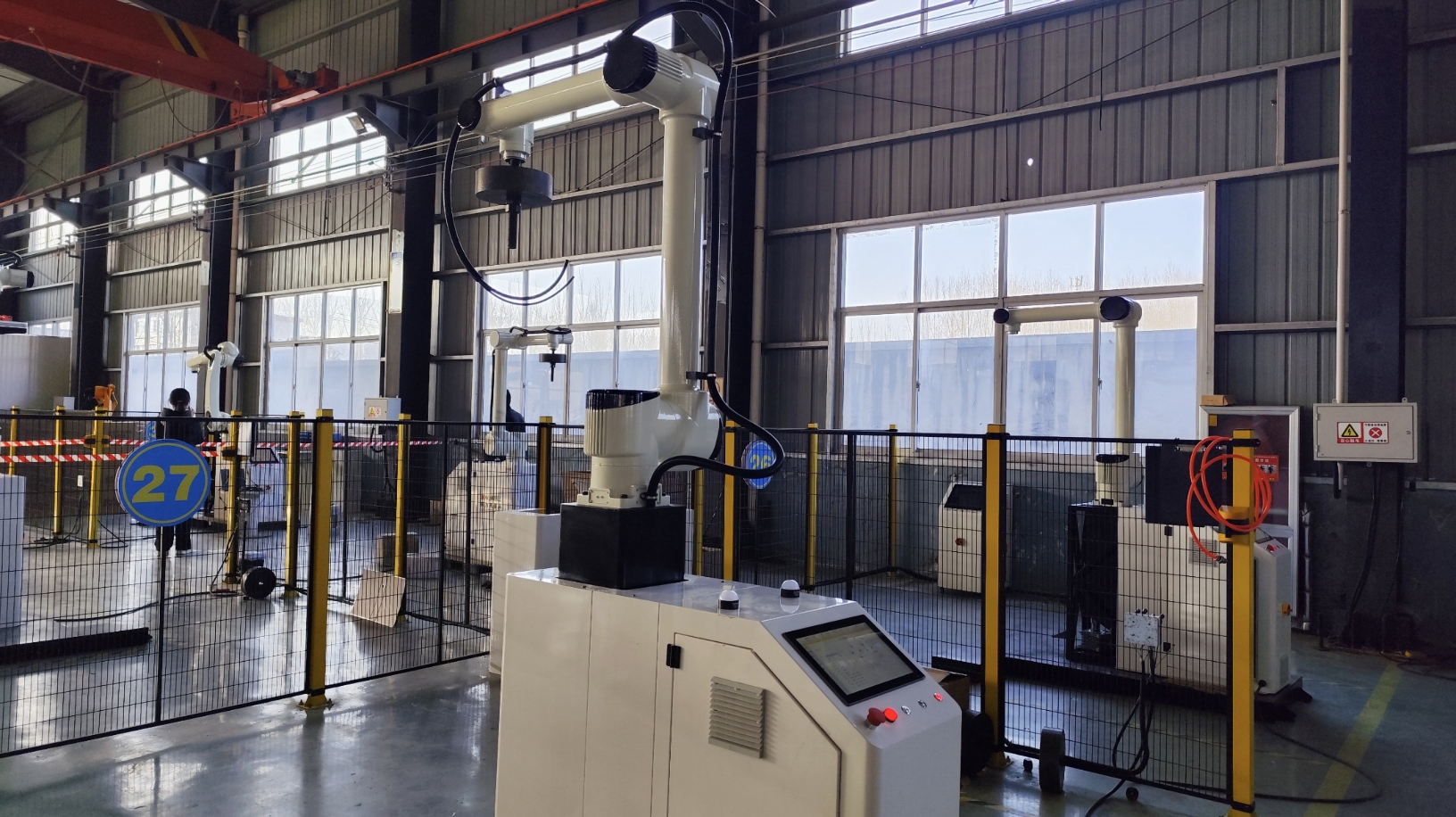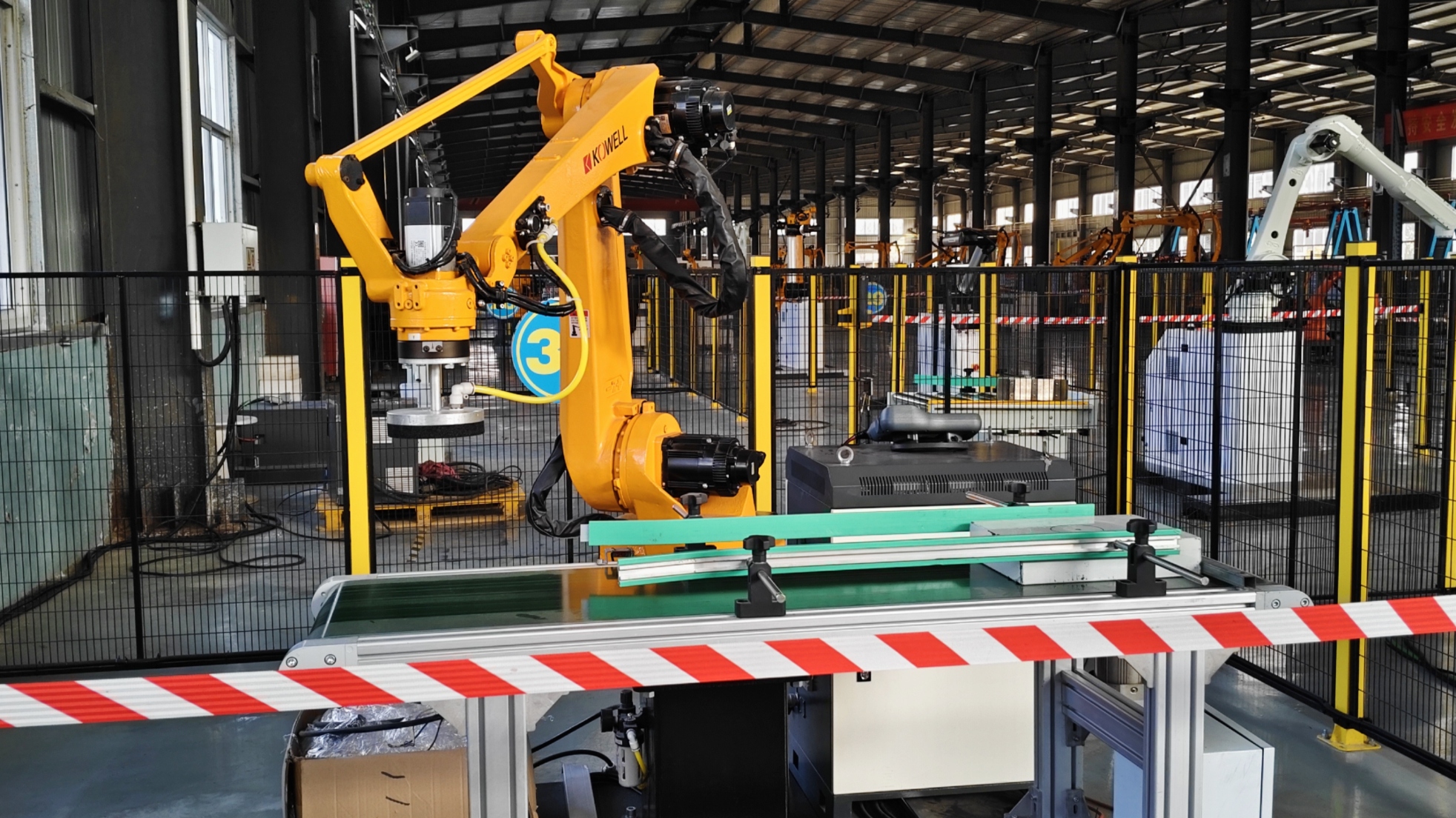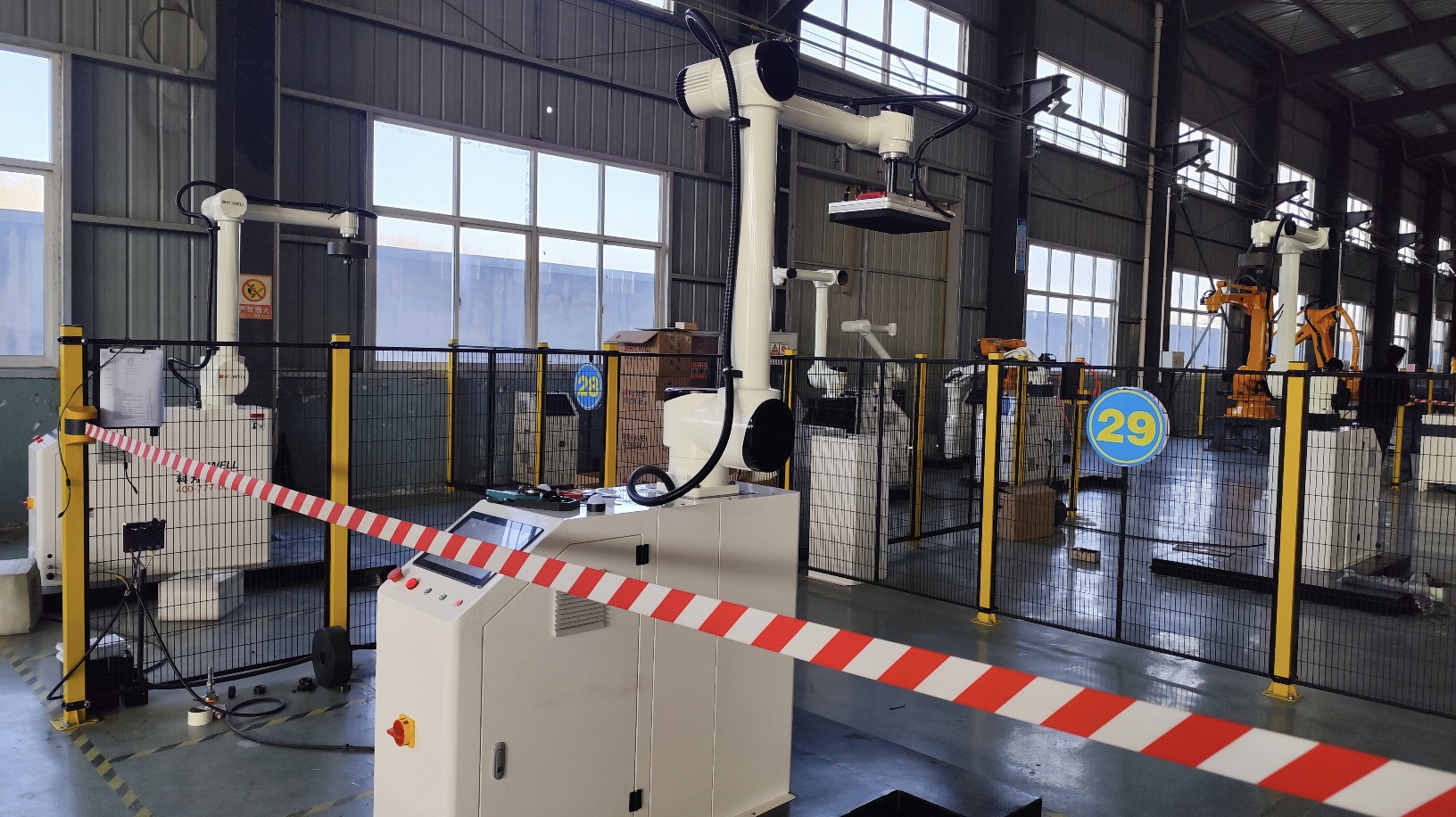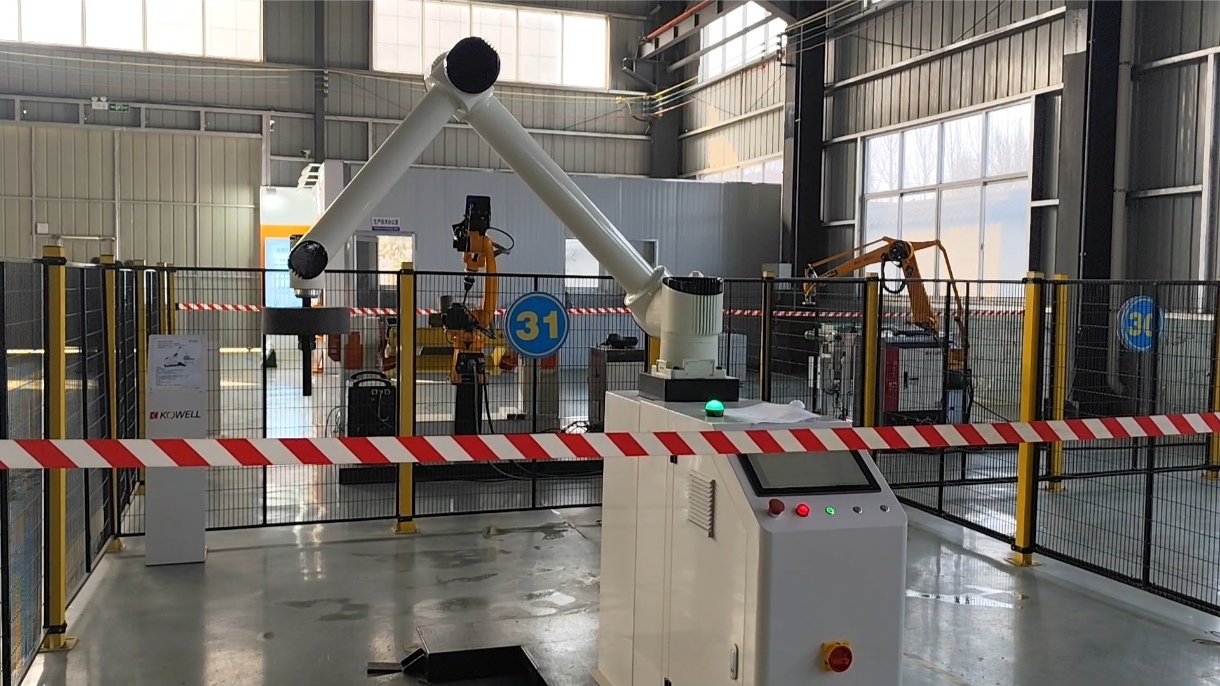In the deep transformation of the manufacturing industry, highly flexible collaborative robots are gradually becoming a key variable to promote the innovation of production models. Compared with traditional automation equipment, this type of robot is not only highly flexible, but also can work with people, thus finding a balance between efficiency and flexibility.
How to improve production efficiency with highly flexible collaborative robots
With the advancement of Industry 4.0, more and more manufacturing companies have increasing requirements for production efficiency. Highly flexible collaborative robots, with their characteristics of rapid deployment and accurate execution, not only optimize the production process, but also provide a considerable boost to the automation transformation of enterprises. Unlike fixed automation systems, these collaborative robots can adapt to changing production tasks and operate autonomously based on system programming to improve operation speed and accuracy.
In addition, mobile palletizing workstations rely on sensing technology and advanced algorithms to adjust the work rhythm in real time to ensure the continuity and stability of the production line. This dynamic adaptability enables it to play an important role in both large-scale manufacturing and small-batch customized production.
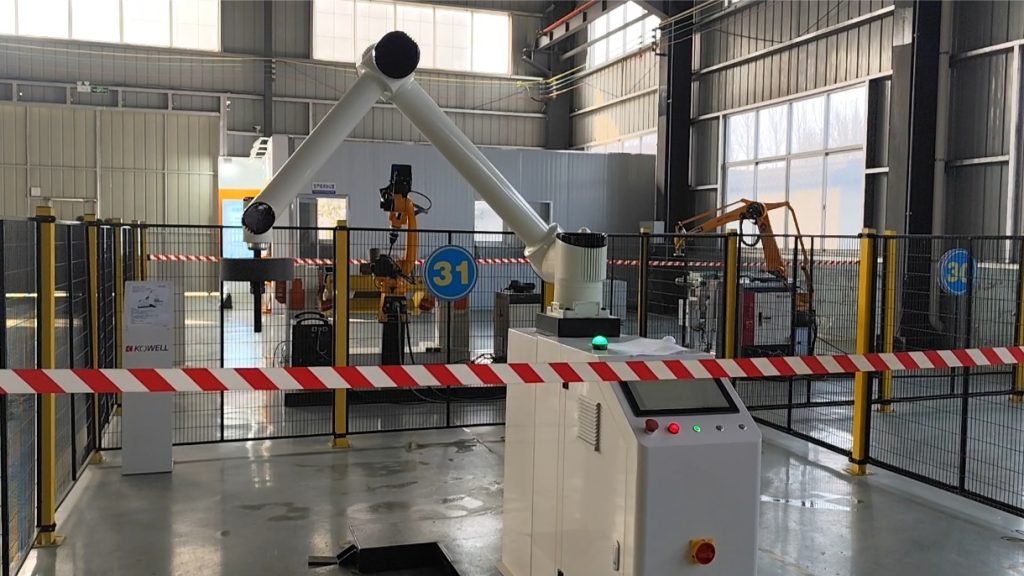
Flexible manufacturing and highly flexible collaborative robots
Faced with the rapid changes in market demand, manufacturing companies are paying more and more attention to flexible production models. Highly flexible collaborative robots enable production lines to quickly adapt to the manufacturing needs of different products due to their programmability and easy reconfiguration.
Traditional automation equipment often relies on fixed production processes, while collaborative robots can adapt to different production tasks through simple software adjustments. For example, in food processing production lines, the production needs of different products vary. Multifunctional collaborative robots can quickly switch operating modes to complete collaborative operations in different processes, thereby improving production flexibility.
Human-machine collaborative advantages of highly flexible collaborative robots
In addition to performing tasks alone, the six-axis collaborative robot is characterized by its ability to work in collaboration with humans. This collaboration not only reduces the repetitive labor of workers, but also improves overall production efficiency. For example, in some links that require human-machine integration, highly flexible collaborative robots can assist workers in completing high-precision operations and reduce labor intensity.
Collaborative robots are usually highly safe. Based on its ten-level anti-collision test system, they can ensure the safety of workers when working with workers, and no longer need to set up additional physical isolation protection belts, further improving production flexibility.
How to strike a balance between efficiency, flexibility and collaborative robots
In the process of promoting intelligent upgrading of manufacturing enterprises, how to find a suitable balance between efficiency, flexibility and intelligent collaborative robots has become a core challenge. First of all, enterprises need to clarify their own production needs and reasonably evaluate the adaptability of six-axis collaborative robots in the production line. For high-tempo production environments, data analysis technology can be combined to optimize the robot's operation strategy, while for multi-variety small batch production modes, it is necessary to focus on exploring its flexibility advantages.
Highly flexible collaborative robots need to be deeply linked with existing production systems. Enterprises should invest in digital management platforms to improve collaboration efficiency through data-driven methods. In addition, worker training is also a key factor to achieve a better state of human-machine collaboration.
Conclusion
Highly flexible collaborative robots are reshaping the production methods of the manufacturing industry and providing enterprises with solutions that balance efficiency and flexibility. With the support of continuously optimized technology, this trend will accelerate, enabling the manufacturing industry to move towards a more efficient, smarter and more competitive future.
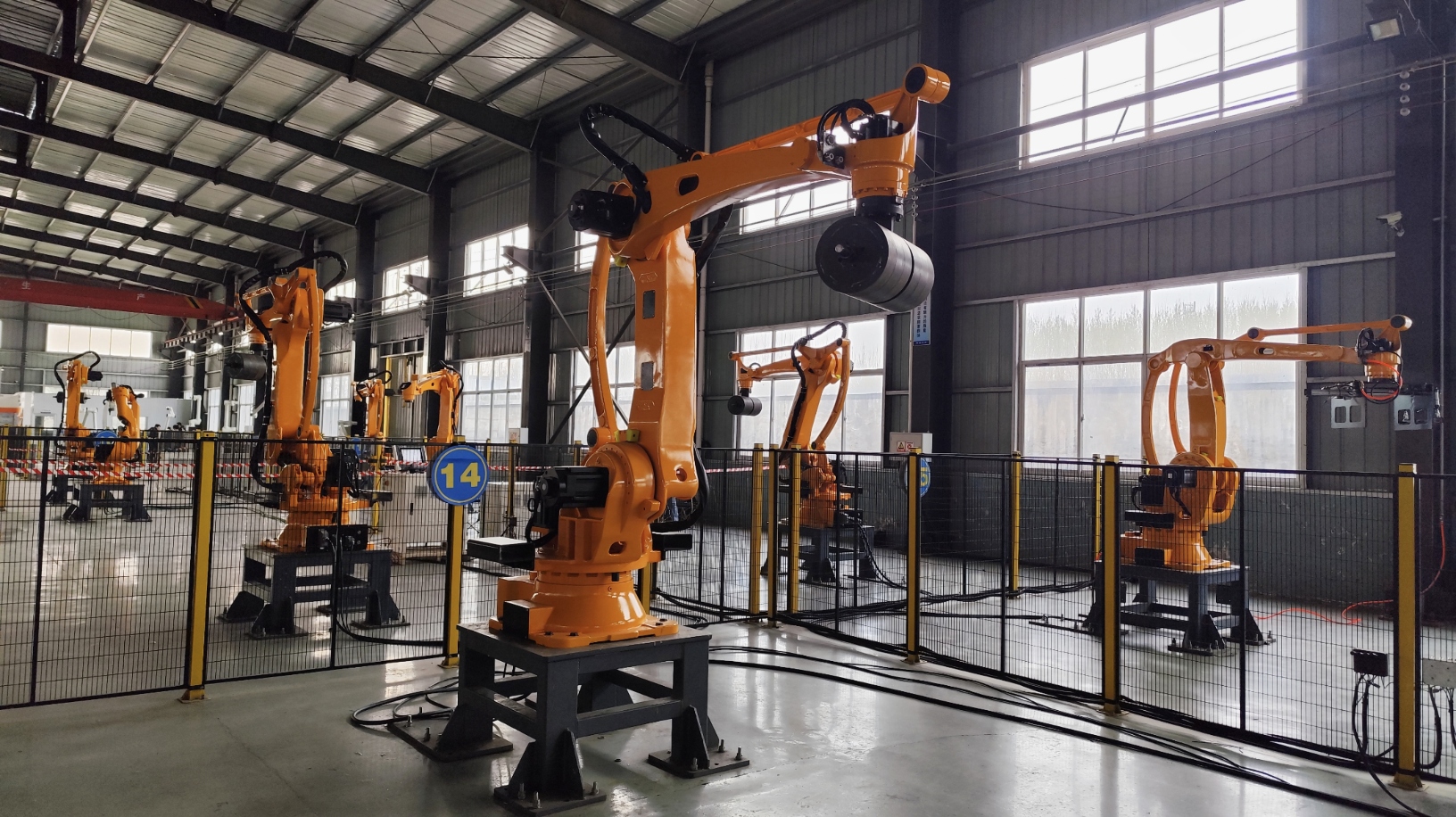
Online Consultation
Hello, the current customer service is offline. You can leave your contact information and the staff will respond to you as soon as possible!


